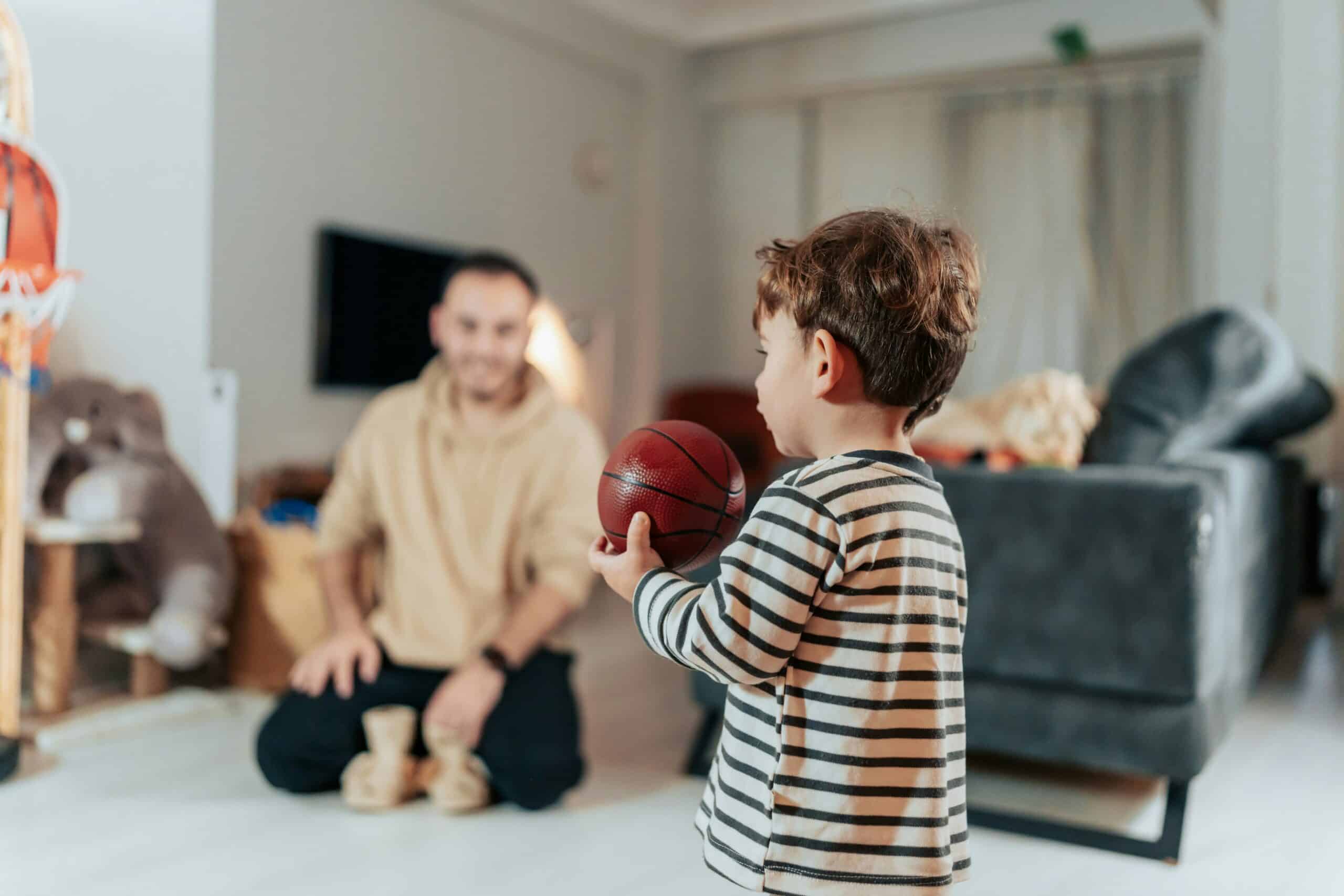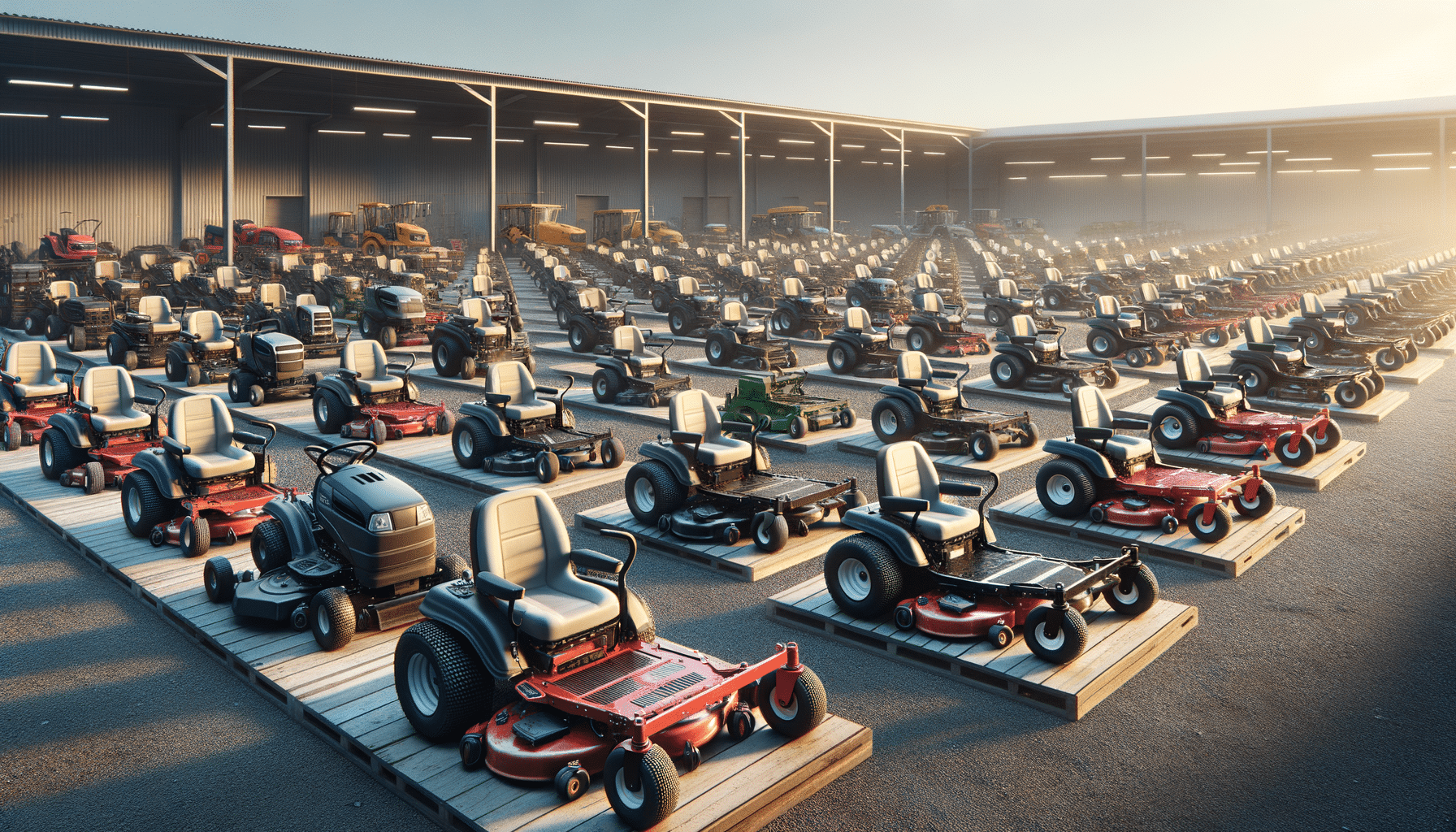
10 Science Experiments You Can Do at Home
Science isn’t only for school and the lab—it can be done in your living room, kitchen, or yard! Hands-on experimenting has unlimited benefits for children and students. It ignites wonder, increases critical thinking, and makes learning unforgettable. Best of all, it’s a great way for a parent or teacher to bond with children while feeding their love of discovery.
Whether you want to entertain your kids on a dull afternoon or wish to inject variety into your pedagogic approaches, this article offers 10 easy and safe experiments to conduct at home. All exercises utilize everyday items, hence perfect for spur-of-the-moment pleasure and learning.
What Makes Science Experiments at Home Both Fun and Educational
Home science experiments allow kids of all ages to understand real-world applications of scientific concepts. When kids are able to see a reaction or result up close, they can apply abstract ideas to real-life experiences. These experiments also develop problem-solving, observation, and teamwork skills—all in the process of having fun.
Before you begin, remember to:
- Offer adult supervision for young children.
- Prepare materials in advance to maintain momentum.
- Describe the why of each experiment, raising questions and hypotheses.
Now, let’s proceed with the experiments!
1. The Enchanted Expanding Balloon
Concept: Chemical properties and reactions of gases
What You’ll Need:
- Vinegar
- Baking soda
- A balloon
- An empty plastic bottle
How to do it:
- Fill the bottle a third full of vinegar.
- Put 2-3 tablespoons of baking soda into the balloon.
- Tightly cover the neck of the balloon over the opening of the bottle.
- Watch the vinegar mixture the baking soda and observe how it produces a gas of carbon dioxide that inflates the balloon!
Kids will be shocked at the magic, and you can explain how the gas occupies the available space.
2. Dancing Raisins
Concept: Density and buoyancy
What You Need:
- A clear glass
- Sparkling water or soda
- Few raisins
Instructions:
- Fill the glass with sparkling water or soda.
- Put the raisins into the glass.
- Notice how bubbles cling to the raisins and cause them to bob up and down repeatedly!
In this way, kids learn the impact of gases on density and buoyancy.
3. The Walking Rainbow
Concept: Capillary action and color mixing
What You Need:
- 3 clear glasses
- Water
- Red, yellow, and blue food coloring
- Paper towels
Instructions:
- Fill two glasses with water and add some drops of red dye to one and blue dye to the other. Leave the middle glass empty.
- Roll up paper towels into strips, with one end in the colored water and the other end in the empty glass.
- The water and colors “walk” up the paper towels over time, mixing to create a rainbow.
This rainbow-hued lovely experiment is ideal for the teaching of color theory and processes of absorption.
4. Homemade Volcano
Concept: Forces and chemical reactions
What You Need:
- Baking soda
- Vinegar
- Red food coloring (optional)
- A small container (or model volcano)
Instructions:
- Put baking soda into the container or the crater of the model volcano.
- Add some drops of red food coloring for a more dramatic effect.
- Pour vinegar and watch the “eruption” as carbon dioxide gas is released!
Why does it work? Acids (vinegar) and bases (baking soda) create this foaming reaction.
5. Egg in a Bottle Experiment
Concept: Air pressure
What You Need:
- A hard-boiled egg, peeled
- A glass bottle with a slightly smaller opening than the egg
- Matches or a piece of burning paper
Instructions:
- Light the paper and drop it into the bottle. Immediately place the egg on top of the opening.
- Watch as the egg is sucked into the bottle due to the vacuum that forms when air condenses inside.
- This easy experiment is perfect for illustrating atmospheric pressure.
6. Invisible Ink Messages
Concept: Acid-base reactions
What You Need:
- Lemon juice
- A sheet of white paper
- A cotton swab
- A source of heat (e.g., a lamp)
Instructions:
- Place a message on the paper using a cotton swab dipped in lemon juice.
- Once it has dried, hold the paper near a source of heat, and watch your message appear magically!
This is learning and a great activity for kids to enjoy playing “spy.”
7. Sink or Float?
Concept: Differences in density
What You Need:
- A large container or tub of water
- Small objects like a coin, sponge, ball, or bottle top
Instructions:
- Add objects separately into water and speculate whether or not they float or sink.
- Make this an active lesson in how various densities will cause an object to become buoyant or not.
8. The Static Trampoline
Concept: Electricity and static charge
What You Need:
- A balloon
- Shreds of tissue paper
Instructions:
- Blow up a balloon and rub it on your hair or on a sweater that’s made of wool.
- Hold the balloon over the tissue paper pieces, and watch them pop up!
- This is a strange introduction to static electricity.
9. Potato Power Light
Concept: Circuits and conductivity
What You Need:
- 2 potatoes
- Copper wires
- A small light bulb
Instructions:
- Stick two nails in each potato.
- Use some wires from the nails to attach to a small bulb.
- The reaction of the chemicals in the potatoes produces electricity with enough current to make the bulb glow lightly.
A fantastic introduction to alternative sources of renewable energy.
10. Instant Ice
Idea: Freezing point of water and nucleation
What You Need:
- Purified bottled water
- Freezer
- Plate or bowl
Instructions:
- Place an unopened bottle of purified water in the freezer for about 2 hours—just until it’s actually cold but not frozen.
- Remove it carefully and pour it over ice cubes on a plate. Watch how it instantly turns into ice!
Kids will be fascinated by this graphical demonstration of nucleation and phase transitions.
Bring Science to Life
Home science experiments provide a creative and engaging way for parents, teachers, and students to learn as a team. They transform everyday household items into instruments of discovery, proving that science is easy and not frightening—it’s fun and magic.
Start with any of these simple activities, and watch your child’s curiosity grow with every experiment. Above all, have fun discovering the magic of science!


